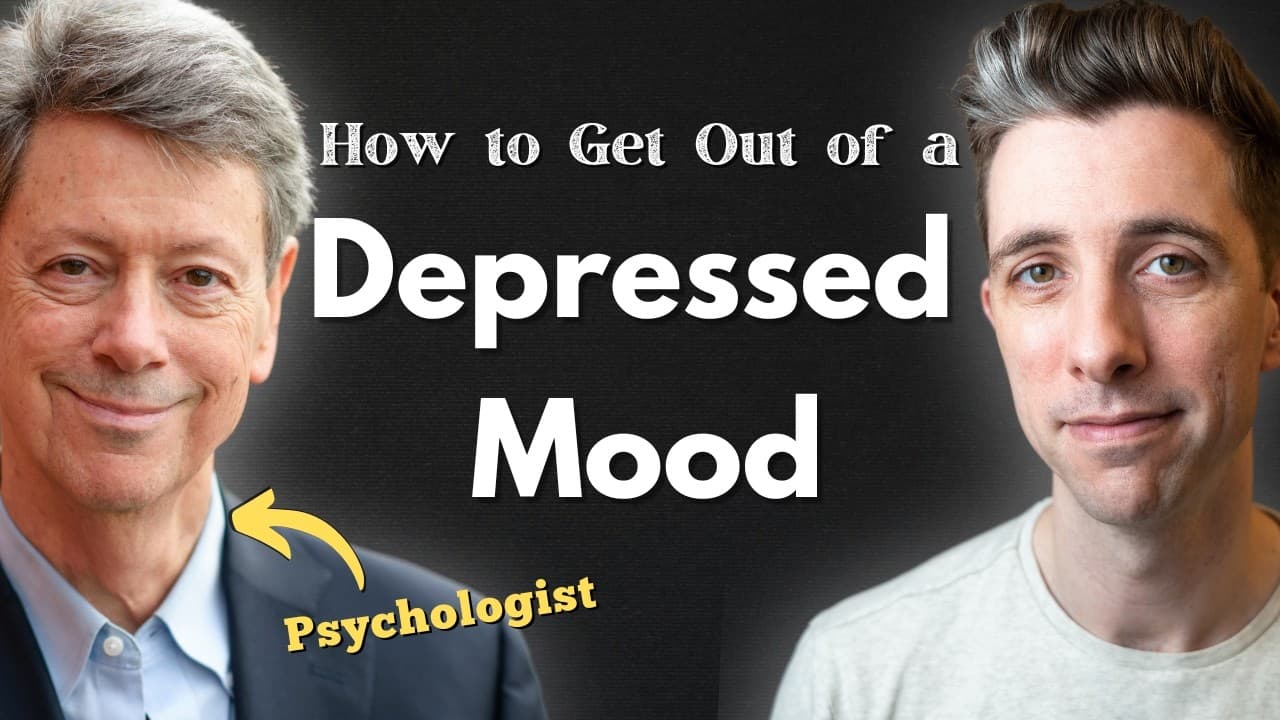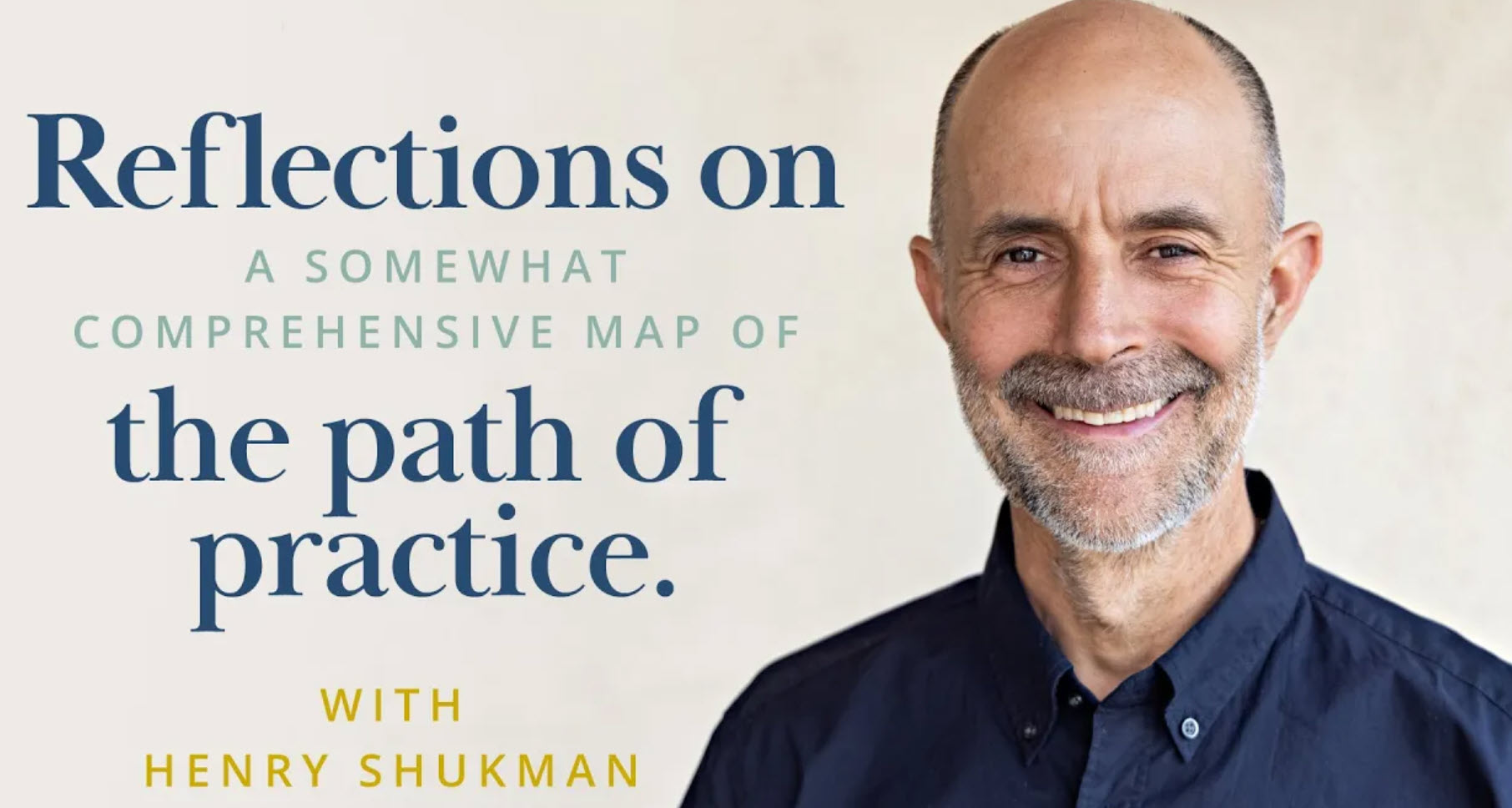Once your intentions are clear, the next question is: How to express them?
There are many ways, including:
- As thoughts in your mind
- As an image
- In writing
- As a collage with words and images
- Through physical expression, posture, movement, dance
- As a sense of being
When you think intentions, you know them to yourself. Putting them in explicit words is usually helps create real clarity in your mind. Some intentions co-exist as equally vital, but many times it’s important to establish what your top priorities are. It’s kind of like filling a bucket: you want to get the big rocks in first, then the pebbles, and last the sand. Your most important aims are the big rocks, and if you take care of them, everything else usually works out just fine.
The nonverbal expression of intentions is through imagery. For all the emphasis in education and in our culture on language – certainly an important tool – it’s good to keep in mind that most of the brain, and most of our mental processes (especially unconscious ones) have nothing to do with language at all. A picture is indeed worth a thousand words, and pictures in your mind of your intentions – including both the path toward them and their fulfillment – are very, very valuable.
You can also write out your intentions, perhaps informally – as in a to-do list – or formally, as affirmations. These are complete sentences, positively stated, with the result already existing in the present. Like this: “I am healthy, happy, and whole.” “My family is full of love and harmony.” “I am completing my college education.” “My wife loves me.”
Collages are another powerful way to express your intentions. I have collages on the wall of my office at home that were made several years ago yet they still speak to me; I look at them, and know what I’m supposed to do.
Or you could move your body as an expression of your intention, letting it move through you as you walk or dance or whatever.
Last and definitely not least, you could get the feeling of the intention in your body, and rest in that sense of being. For example, if your intention is to be loving, rest in the sense of being loving. If it is to be highly focused and productive, get a sense of being that way, and then abide there. Be the goal you are aiming for.
* * * * *
This post is Part 3 in a series about on Wholesome Intentions, based on this full article by Rick Hanson, Ph.D.



